Affiliate links on Android Authority may earn us a commission. Learn more.
Samsung's new design language: what took so long, is it enough?
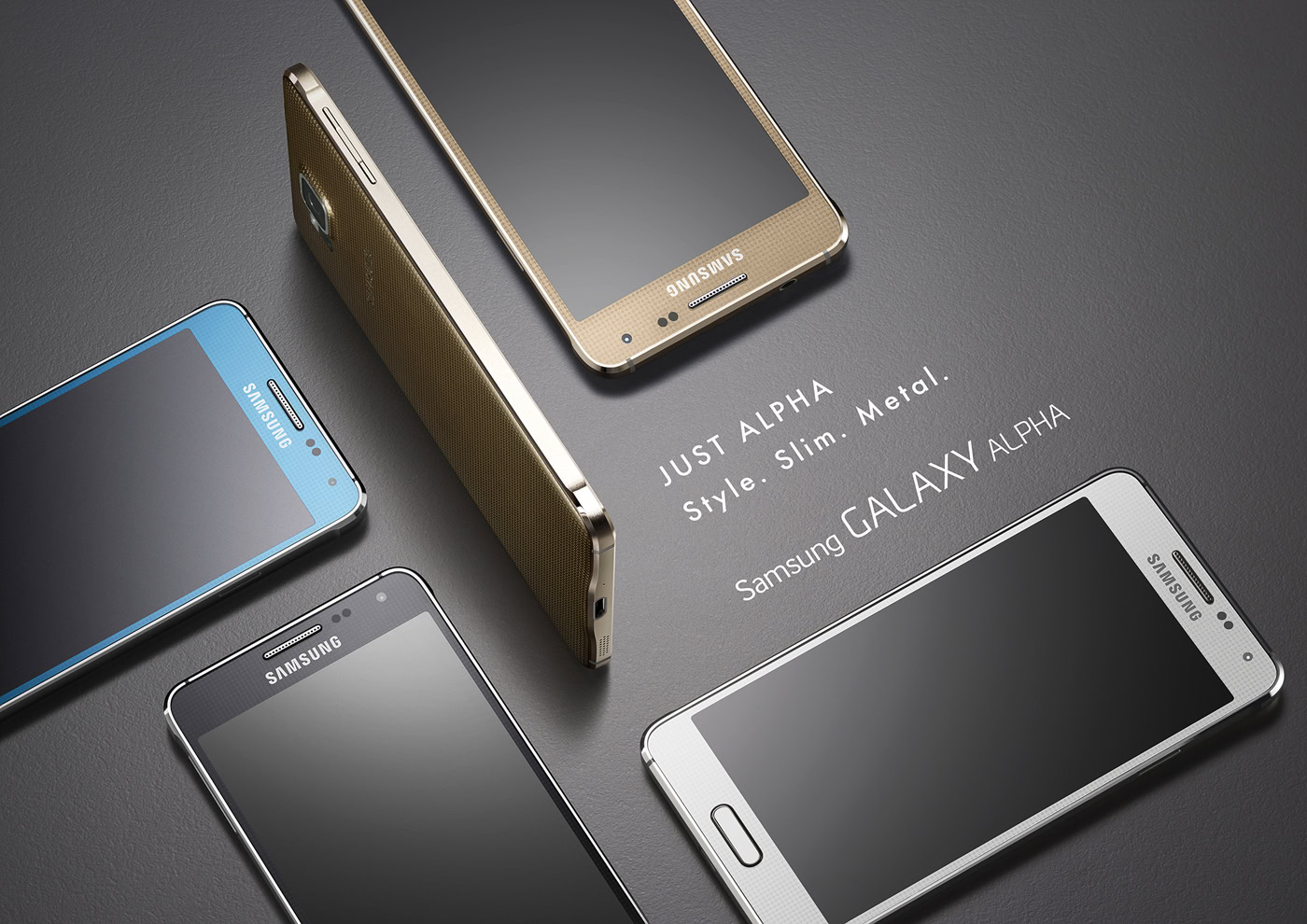
Despite the existence of a new post released this week by Samsung attempting to point out that they’ve had metal products in the past, the Galaxy Alpha marks the first time Sammy has released a smartphone with any real metal in it. This is the moment that everyone has been waiting for, the day that Samsung makes a true change to its design language, and yet its arrival is already seemingly receiving mixed results among tech enthusiasts.
Is the Alpha's design really all that different from Samsung’s previous design trends?
Looking at some of the related polls and comments on our site, it seems that there are a number of folks that feel this is a solid step in the right direction for Samsung. Others either preferred the plastic, more rounded design of old, or they feel that the Galaxy Alpha wasn’t enough of a departure in the looks department.
It’s true that the Galaxy Alpha feels fresh and different when put beside devices like the Note 3 and the Galaxy S5, but is it really all that different from Samsung’s previous design trends? After all, a number of Samsung smartphones have used a (really just plastic) chrome band around the device and the square design certainly seems reminiscent of past handsets like the Galaxy S2. On the front of the phone, we have the same design we’ve been seeing from Samsung for a while now with the same rounded home button. Still, any change is better than none, right?
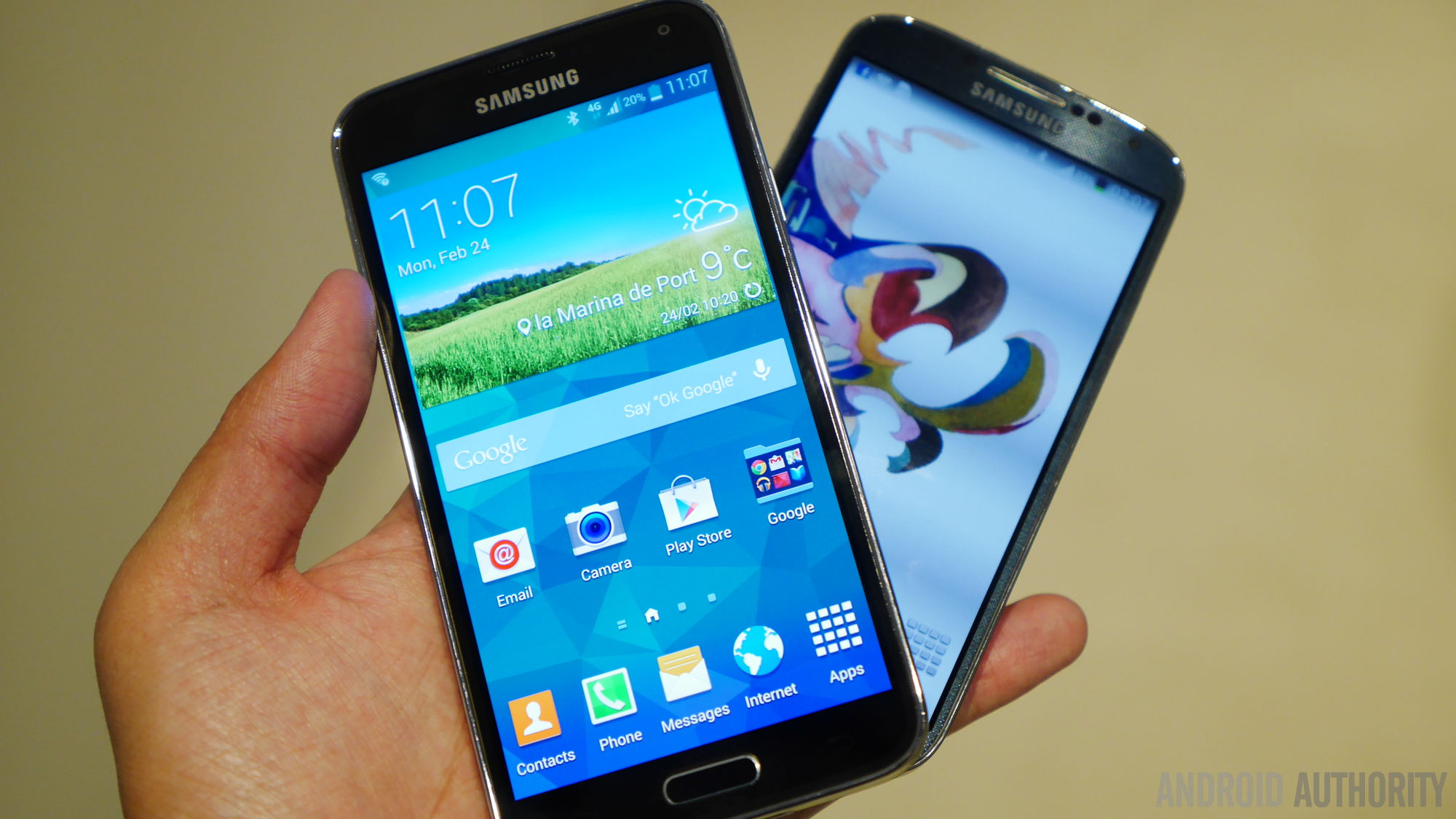
What’s taken Samsung so long to make a change?
It’s easy to point the finger at Samsung and insult them for playing it safe. I mean how hard is it to dramatically change up their design language? HTChas done it, LG has done it, and so have many other players in the smartphone market. Even Apple has made changes in screen size and build materials over the years. The reality, however, is that making such a change isn’t as easy as drafting a new design and running with it.
Although it has had some fiscal setbacks recently, Samsung remains King of the Android world and is a brand that is well known across the globe. While the tech community at large seems to have a problem with Samsung’s design choices, many non-techies don’t necessarily feel the same way. Samsung continues to outsell the competition and while marketing and its bucketload of software features certainly have something to do with this, consumers are also comfortable and familiar with Samsung’s iconic design language.
It’s important to examine why HTC, LG and other brands changed things up in the first place.
It’s also important to examine why HTC, LG and other brands changed things up in the first place. For HTC, the switch to a unibody metal design was important with the One (M7) because it allowed the company to say “look at this, we’re switching things up. We’re making a comeback!” HTCneeded to set the One M7 apart from the past in order to win back fans and attract attention. It’s also worth mentioning that HTCdoesn’t have nearly as many smartphone lines as Samsung, so switching its overall design language for all its devices hasn’t been nearly as daunting of a task as it will be for Samsung.
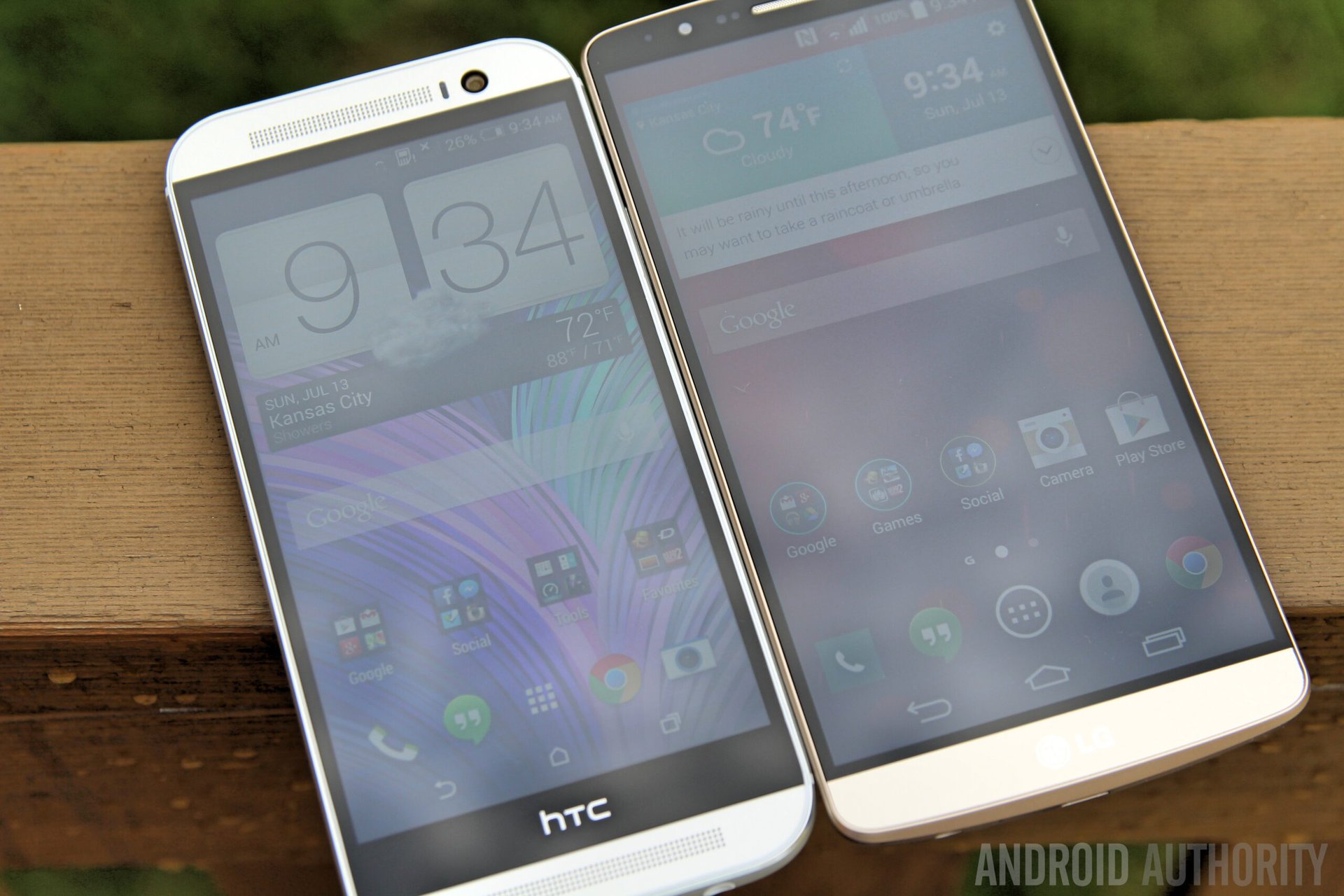
Of course, LG does have a massive number of product lines and it still made a change. Then again, up until the G2, LG’s design language was a mess. There was no universal design, though most of its phones did follow Samsung and other OEMs very closely. That’s why the LG G2’s design was so important, it allowed LG to stand out from the pack with a design language that isn’t just a me-too style.
Now let’s take a look at Samsung. Samsung has had a universal design language, and people know it well. It’s easy to look at a phone and say “that’s a Samsung phone”, even if you’re a non-techie. There has been cries for change in direction from the tech community for a while, but ultimately Samsung has felt the risk and cost involved with switching its styling wasn’t worth any potential gains — until now.
So what’s changed for Samsung?
At least as early as the HTCOne M7’s arrival, there have been articles about how Samsung should make a change in its design and there have been forum posts and comments across the web that echo this sentiment. And yet it wasn’t until the Galaxy Alpha that Samsung decided to finally make a real change towards a more “premium” look.
So what’s different, and why now? While there have been premium options before, Samsung honestly probably didn’t feel they were enough of a threat. Sure, HTCOne M7 and M8 have a premium design, but HTCcontinues to struggle to make a meaningful global impact. Even Apple’s premium phones have had a big weakness: smaller screens.

Recently though, new threats have started to rise up. The Cupertino beast is rumored to be upping screen sizes with the next iPhone(s), and internationally Samsung is facing increased competition from companies like MicroMax in India and Xiaomi in China, both of which have ripped away Samsung’s title as the bestseller in these regions. Meanwhile, HTCcontinues to push its premium metal design, LG has adopted a more premium metal-looking plastic with the G3, and Xiaomi is even rumored to be switching towards more premium build materials in the future.
Add all of these factors together and it’s clear that the time for change is now, at least if Samsung doesn’t want to risk losing ground to its competition.
But are baby steps enough?
That brings us to the Galaxy Alpha, which is believed to be the first step towards change for the company. We’ve also seen leaked images indicating the Samsung Galaxy Note 4 will follow suit with a metal-framed design, and today a new rumor suggests the design language will continue to trickle down into other Samsung products including next year’s Galaxy S6.
this new design language will continue to trickle down into other Samsung products
But are these baby steps enough? For those most critical of Samsung, probably not. For Apple fans, probably not. For general consumers that have been largely mesmerized by Samsung’s marketing and other special features in the first place? Absolutely. For Samsung fans that are simply looking for a slightly improved aeshetic? Very possibly.
Personally I feel any change in direction is a good one, even if the Galaxy Alpha’s looks might not be as dramatically different as some would hope. The truth, however, is that outer looks are only one part of the equation. If Samsung really wants to win over new folks that have been critical of the brand, software design will play just as important of a role.
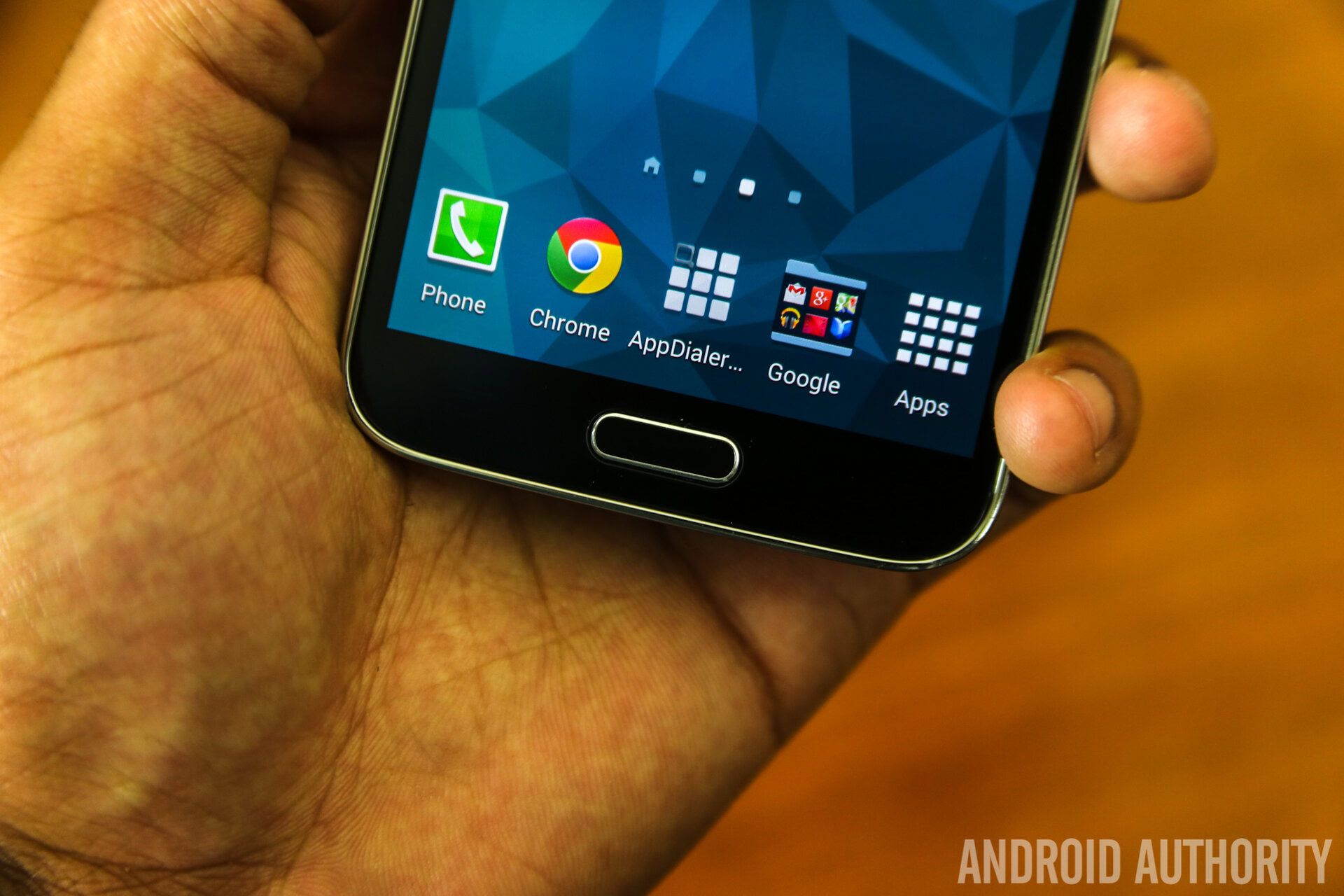
Samsung is still holding on to TouchWiz style
In a recent poll on our site, 200 of 911 voters said that they won’t consider any Samsung device as long as TouchWiz remains. Obviously this poll is limited since it’s less than a thousand folks weighing in their opinion, but it is a common response we hear in the comments and from Samsung critics everywhere. It is one of the reasons I personally don’t and likely won’t ever own a Samsung mobile device.
Okay, Touchwiz isn’t necessarily the bloaty, laggy devil that some of us make it out to be. That said, it is a semi-gimmicky experience that isn’t nearly as fast as a leaner ROM would be and a good trimming down would go a long ways in speeding things up and shedding some of the negative attention Samsung receives. So why haven’t they changed it? For one thing, for every TouchWiz hater out there, there is admittedly a TouchWiz fan.
Touchwiz isn’t necessarily the bloaty, laggy devil that some of us make it out to be
Who is right, who is wrong? No one, as it all boils down to opinion. Samsung loyalists contend that TouchWiz isn’t much slower and that Samsung’s use of bleeding-edge specs and high levels of RAM make the situation a non-issue. They also point out that many of Samsung’s apps and features are actually genuinely useful. If Samsung was to pull the plug on TouchWiz, they could risk angering loyal fans and part of what separates them from the competition.
This means, whether we like it or not, TouchWiz will probably continue on for a long time to come, though Samsung has started to make small changes towards speeding up the experience while adding less new features. Here’s to hoping they eventually compromise by removing some of its most gimmicky features in order to lighten the experience.
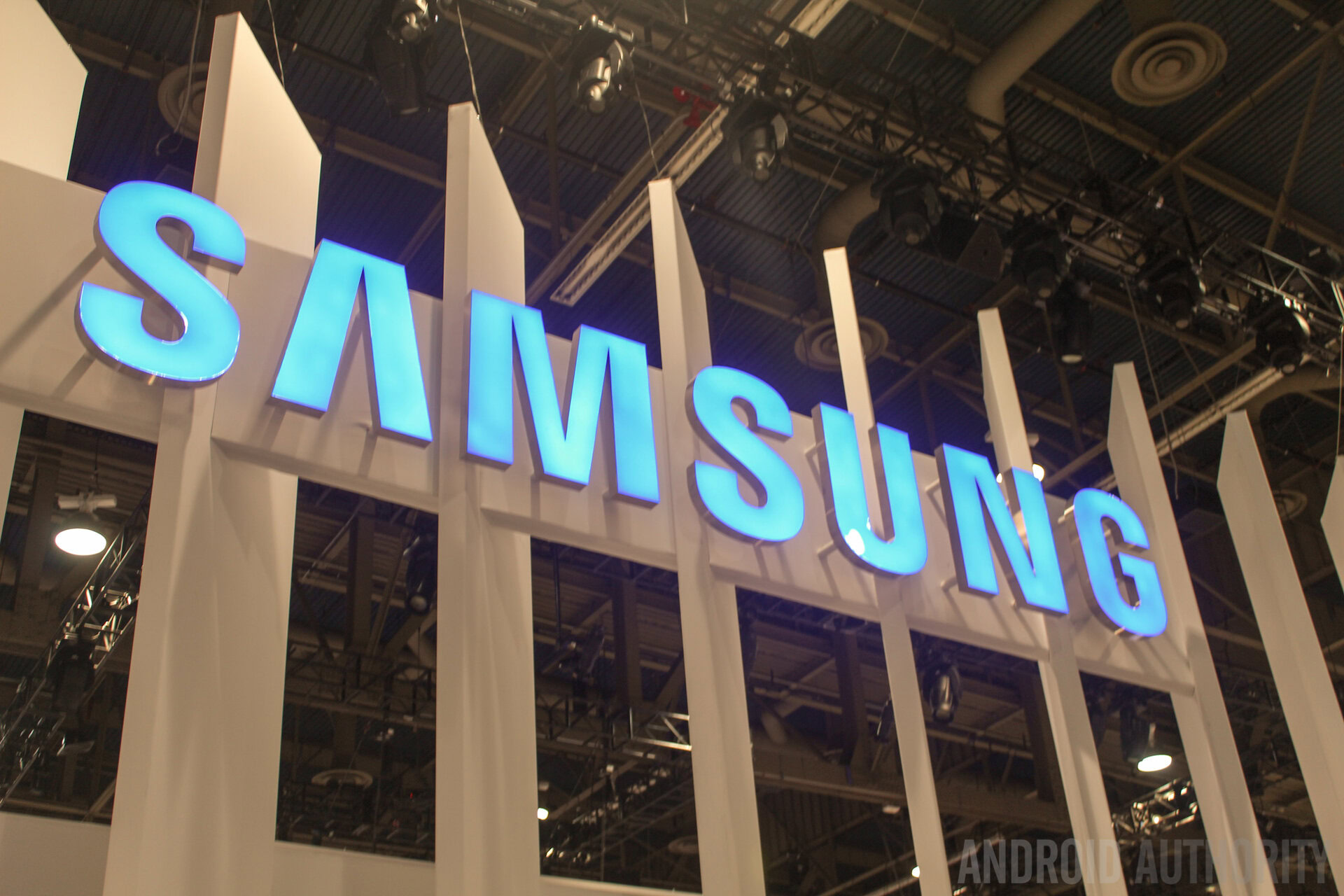
Wrap up
Honestly, even if Samsung revamped its entire front and back design language while throwing out TouchWiz completely, not everyone would be happy. Sure, they’d gain new fans, but they’d lose old ones as well. You can’t please everyone, but Samsung’s massive global presence shows they come closer than any other Android OEM, even if a portion of the techie community remains unconvinced.
Ultimately, Samsung’s change in design with the Alpha is a positive step forward and makes it clear that Samsung takes its competition seriously enough to make a few changes. Whether these changes are enough depends on who you ask. What do you think, you happy to see Samsung finally making some positive strides? Conversely, do you feel it’s not enough, or that it’s even a step backwards? Let us know your thoughts in the comments!
[poll id=”700″]